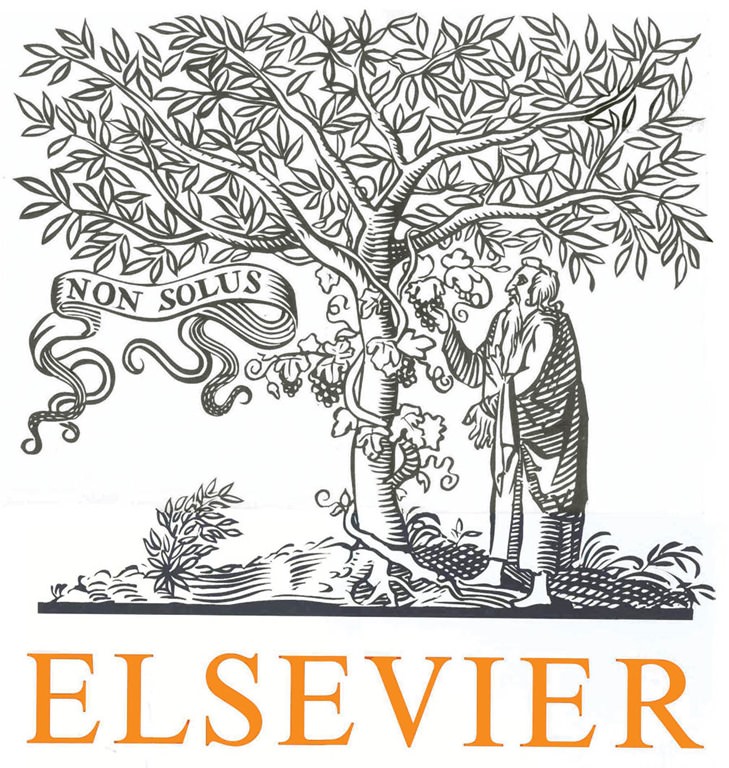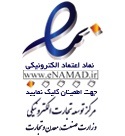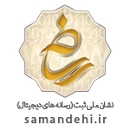Abstract
The objective of this study is to model and maximize performance of an integrated Automated Guided Vehicle System (AGVS), which is embedded in a pull type multi-product, multi-stage and multi-line flexible manufacturing system (FMS). This study examines the impact of guide-path flexibility on system performance through the development of three different guide-path configurations which range from dedicated to flexible relationships between automated guided vehicles (AGVs) and machine/assembly station resources. The system is modelled using coloured Petri net method (CPN) and the simulation results lead to identify the resource redundancy which can be rectified to achieve lower overall cost of the system through the development of flexible guide-path configurations. The study is extended to seek global near-optimal conditions for each guide-path configuration using response surface method, which yields improvements in system throughput and cycle time along with a decrease in the numbers of AGVs.
1. Introduction
In modern manufacturing environments, automated guided vehicle systems have become an integral part of overall manufacturing systems. An AGVS contains one or more automated guided vehicles which are driverless vehicles used for horizontal movement of materials. AGVs are commonly used in facilities such as manufacturing plants, distribution centres, warehouses and transhipments. The AGVS studied in this paper is a discrete event dynamical system (DEDS), i.e. a dynamic system with state changes driven by occurrences of individual events. This DEDS is event driven, asynchronous and non-deterministic in nature. Also, the considered AGVS is integrated with FMS and is interacting with flexible manufacturing/assembly system. Petri net are powerful techniques to model such systems in that they can handle complex system modelling concepts and constraints. Moreover, coloured Petri net (CPN) provides compact models of large systems with a higher level of abstraction (Desrochers & Al-Jaar, 1995). Hence, this study uses CPN method for modelling the system and the data generated by the CPN model are used to develop the response surface models to explore near-optimal conditions of the system.








